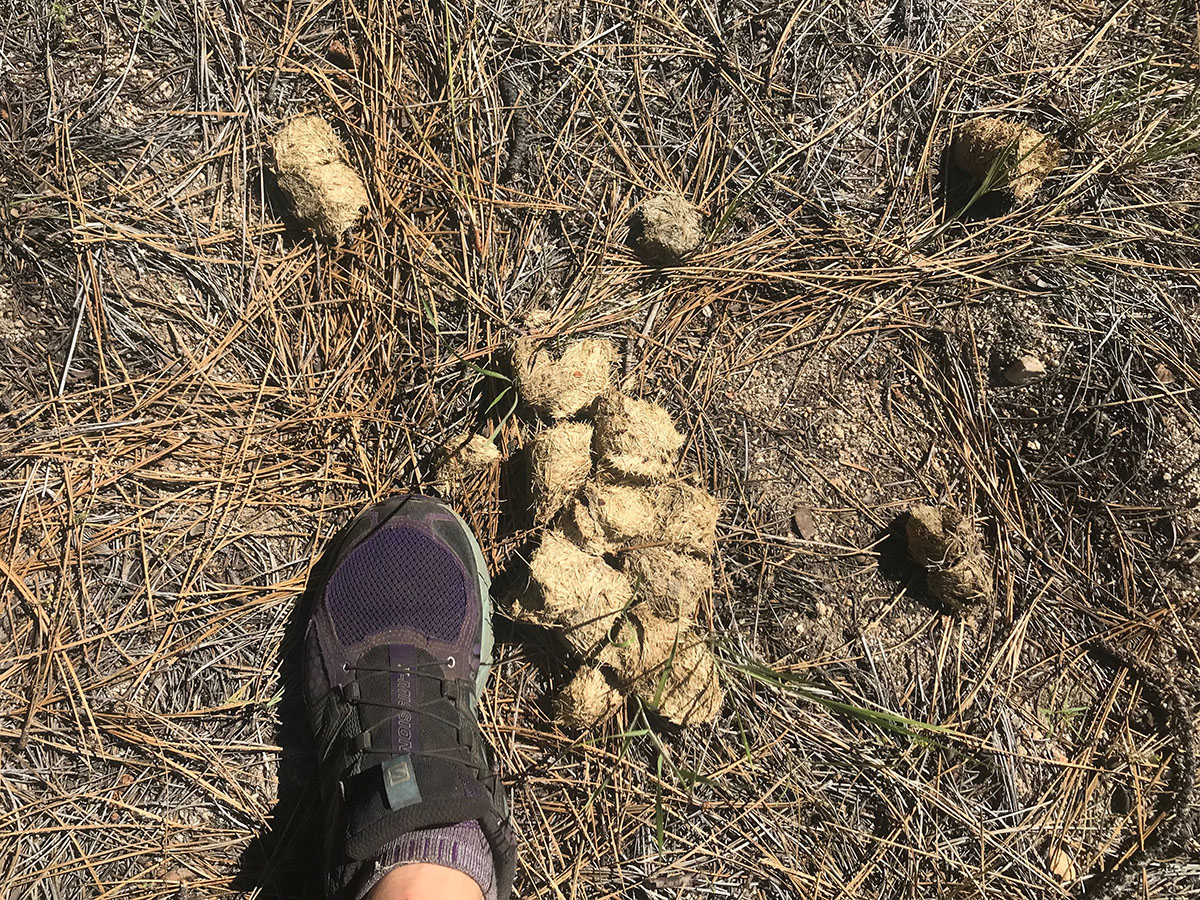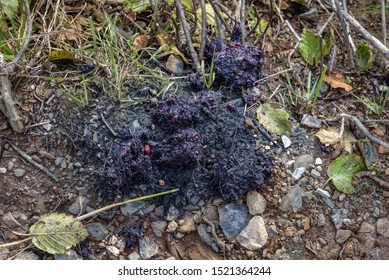



What is the smallest vertebrae in the world?īiologists have discovered two new species of frogs in New Guinea.MALE PIG synonyms, crossword answers, and other related terms Pigs do have their own personality, so it's certainly appropriate to choose a name inspired by that unique personality. This is the subject of the army and the regulars who a (.) Langere is derived from the Old French word "Rengale". What is the meaning of the name rangale?Ī.The elephant in this video rang a trumpet at a celebration and created a protective barrier around the new calf, which is a newborn from a predator who may be waiting. Why do elephants celebrate their birth?įemale elephants can be pregnant for up to 23 months. "They are behaviorally flexible and cultural animals. "Elephants don't work on instinct," he says. The staff downplayed the incident, saying that it was a natural reflex behavior that stimulated the elephant's mother to move the newborn little by little to stand up. According to Joyce, there is the potential for maladaptive behavior, and this large trumpet has the negative effect of attracting passing men. When a baby is born, elephants often play the trumpet loudly to celebrate. , Something beautiful born in the harsh wild world despite the enemy Does the elephant play the trumpet when the baby is born?Įlephants form a matriarchal society that can be as small as a mother or calf, or as small as 40.
BEAR SCAT SKIN
That is, kicking sand or soil to protect the fragile skin of the newborn from the sun, and then everyone starts playing the trumpet. And watch a quick video demonstrating the latest methods of collecting bear scat.When a baby elephant gives birth, the sister elephant does two things. If you’d like to find out more about our latest research on this topic, check out our recent open access paper comparing two non-invasive approaches: DNA barb wire hair-snag sampling and systematic scat sampling along roads. You’re pretty well set if you can identify individuals from scat in your region for your species of interest, especially if they leave their droppings in plain view on roads. Looking to figure out how many brown bears are in your extended Scandinavian backyard? Scat can do it! Or maybe you want to get the down low on coyote numbers in your neighbourhood. Want to identify which bear species are roaming your streets in North America? Scat will do just fine. Scat can still be handy, but it seems to work better for some species and even in some places compared to others, for reasons we don’t yet understand. All that said, although it is relatively easy for us to find and collect scat, it is still not on par with our ability to identify individual bears from hair and the world of information that stems from knowing who is who. We are now able to identify individual bears from scat, contributing to our long-term genetic database and DNA inventories. And we had to create comparable results with our growing genetic profile database coming from blood, tissue and hair samples from other projects and labs. The catch? They only have brown bears in Scandinavia, so we needed to develop a way to distinguish grizzly from black bear samples. We collaborated with a Scandinavian lab that was seeing much better results for brown bears (of which grizzly bears are a subspecies). We went from swabbing scat with Q-Tips and toothpicks to collecting a small amount of scat and storing in vials containing ethanol, finally settling with drying that small amount in vials filled with silica beads. Our first challenge was to establish collection and storage protocols to analyze the low quality DNA found in feces. Over the past decade, the Grizzly Bear Program has been developing methods to gain as much information from scat samples as possible. Not only can we tell who it came from, but when we start systematically collecting scat samples found all over a given area, we can estimate the population size of a particular species! Scat) out in the wild and thought, “I wonder who that came from?” Well, it’s been a bit of a bumpy road, but now scientists can often find out. Have you ever come across some animal poop (i.e.


 0 kommentar(er)
0 kommentar(er)
